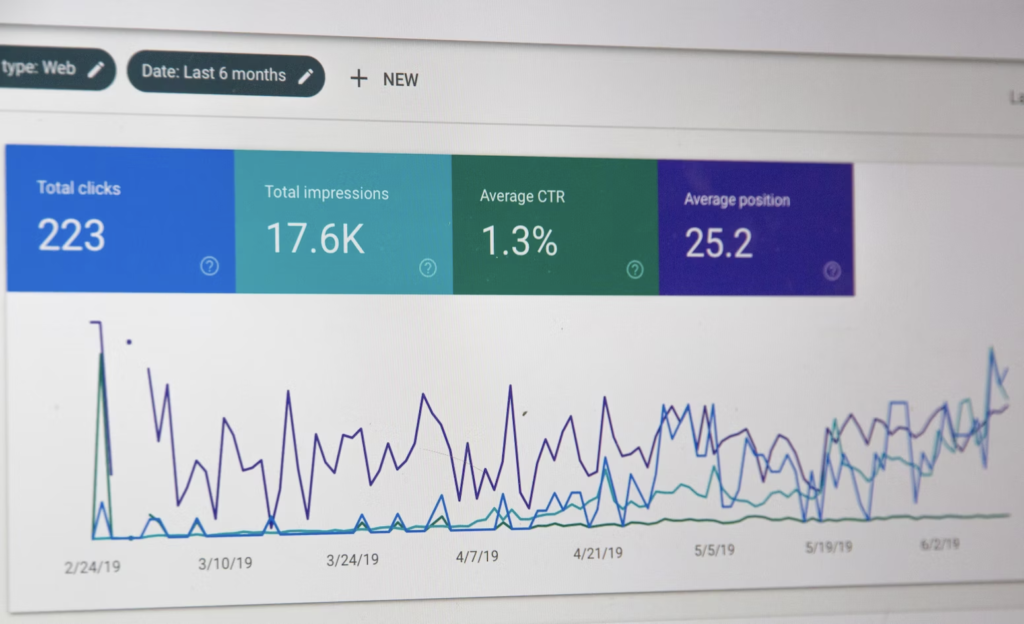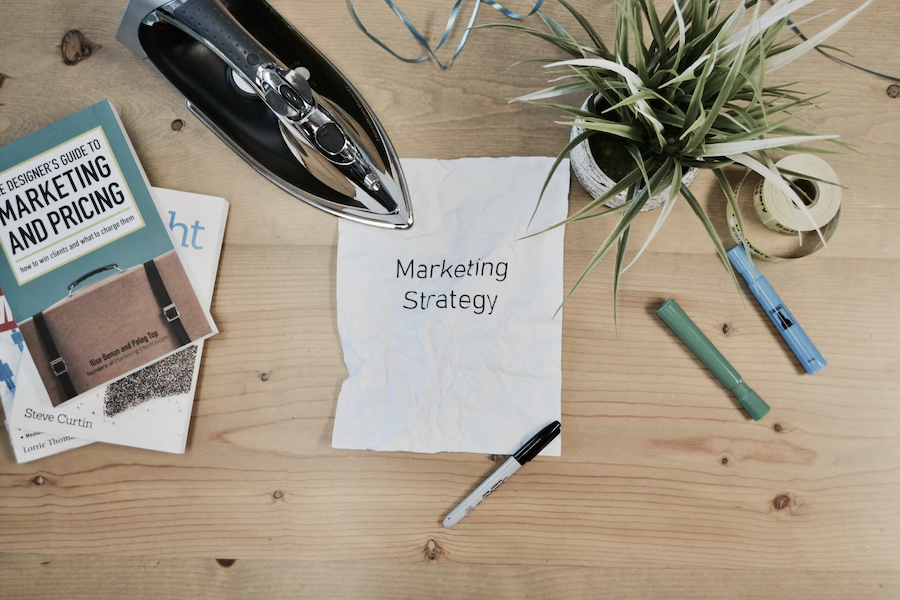Most people mistake branding for being limited to design and messaging elements that set your business apart from its competition; however, branding encompasses much more. Branding is the promise you make to consumers that expresses who and what you stand for, while reflecting your internal company culture and professional aesthetic.
Brand Awareness
Branding is the practice of shaping public perception of your business. Although often mistaken for marketing, branding differs significantly: marketing involves activities and tools designed to promote your product or service; while branding encompasses principles and beliefs about how a company should be perceived by the public.
Brand awareness refers to how readily consumers in your target audience recognize and recall your brand, such as its logo or colors. Building this recognition helps customers easily locate and purchase your products or services.
Coca-Cola’s successful branding can be seen through their “Share a Coke” campaign, which created a sense of community among consumers while humanizing the brand. This created the perception that Coca-Cola could be enjoyed any time and not just on special occasions.
Raising your brand to prominence – which you can learn how to do by clicking here – can be challenging, but it will pay dividends over time. A well-known brand will have increased sales and more loyal customer connections; branding also fosters consumer trust, so the more positive interactions customers experience with your company the greater its trust will become; this is especially crucial if your company is new or unknown to its target market.
Brand Loyalty
People often misunderstand branding to mean simply visual identification such as signature colors, logo and tagline for a company. While strong visual identities are an integral component of branding, branding also involves communicating your values to customers while creating experiences they remember fondly and inspiring feelings among your target demographic.
Brand loyalty can be an extremely effective asset to any business. According to research from Motista, brand-loyal customers spend 306% more than average customers and remain with an individual brand for an average of 5.1 years on average.
Loyal customers are important to any successful business, so it’s crucial to establish and nurture strong relationships with them and offer incentives in return. Sephora rewards its most loyal customers through its Beauty Insider program with free products and exclusive events. In addition, loyal customers serve as great brand advocates; sharing positive experiences with friends and family will generate interest for your brand and create much-needed buzz for it.
Your brand loyalty could quickly decline if your company falls behind market trends. For instance, as sustainability becomes an increasing priority among consumers, it’s imperative that your company adapts by shifting focus or investing in new marketing channels; otherwise, you risk alienating some of its most loyal customers and risk their departure.

Brand Reputation
Branding is an integral component of marketing, yet it goes far beyond logos and colors. Branding encompasses how customers experience your products, services, staff and underlying values/connections created through business; creating an impressionable image of you that stands apart from competitors and keeps them coming back for more.
Branding may not be directly measurable or tied to Key Performance Indicators, yet still plays a vital role in your business’s success and can set you apart from competitors. Effective branding strategies involve quickly engaging potential customers and making them feel connected with you and your brand.
Behaving consistently across all channels and touch points of your company is key to developing and upholding a positive brand reputation. Consumers want authentic experiences from brands, so keeping their promises is vitally important to maintaining positive impressions of them.
Brand Value
Branding can be an opaque subject that’s often misunderstood. Simply put, branding refers to how an audience perceives your products and services – from logo and visual design, mission statements and tone of voice statements all the way to customer service and marketing initiatives. A sound branding strategy will allow your business to establish itself within an industry niche while cultivating loyal customers who become your advocates.
Zendesk conducted a survey that revealed 87% of consumers regard consistency as key when it comes to branding, making it ideal that you keep all marketing materials and channels consistent across messaging and visuals, helping establish trust with customers while building brand loyalty.
One way of measuring brand value is calculating how much it would cost you to replace your current brand with a similar new one. For instance, if you own a well-established diaper brand that has amassed significant brand equity over time, the costs associated with replacing that brand would likely make any competition entry extremely costly and thus reduce its share in the market.

Direct Response Marketing
Branding typically differs greatly from DRM. Direct response marketing works by motivating consumers to respond through calls-to-action on websites, QR codes or fax back forms – leading to tangible results such as product sales, customer acquisition and lead generation.
Direct response advertising provides quantifiable outcomes and tractable numbers, unlike mass media ads. Read this Magnetic Marketing page to learn more about differences between branding and DRM. This link along with these numbers can help identify which ads are performing the best and be tracked accordingly.
Direct response marketing enables brands to create advertisements that are highly tailored and targeted at specific consumers, which increases conversion rates by creating ads they are more comfortable with and building an intimate understanding of customers, vital in creating successful campaigns.
Successful direct response ads often feature an engaging call to action (CTA), which induces consumers to act quickly by appealing to psychological triggers like FOMO (fear of missing out) and sense of urgency. A discount offer that expires this Friday or an invitation for one of five to try a product is effective ways of prompting consumers to act immediately.
Direct response marketing uses various channels to reach potential customers, including radio and billboard ads, which allows businesses to collect contact details for future marketing initiatives. Direct response marketing identifies interested prospects that sales teams can focus their efforts on nurturing rather than spending time wasting time on cold leads.
In addition, DRTV advertisements use unique phone lines and landing pages to collect data such as response rates, purchase history, cost per acquisition and customer lifetime value. This invaluable information enables businesses to optimize their strategies for maximum effectiveness as well as monitor the results of every campaign.
It’s Trackable
Direct response marketing relies on providing your target audience with a compelling call-to-action that encourages them to act and converts them into brand advocates. You can also measure results of campaigns with this approach, making direct response ideal for small businesses without extensive advertising budgets to cover every corner of their target market.
Direct response marketing can be implemented across various channels, from social media and email blasts to print advertisements and print ads. But the key to effective direct response marketing lies in crafting offers that address customers’ pain points while sparking their curiosity.
Your direct response campaign requires an effective headline that captures the audience’s attention with short, impactful statements or rhetorical questions that create emotional responses in them. This headline must address their specific needs and interests as well as be tailored specifically for them.
Direct response marketing is an effective way to increase sales and foster brand loyalty. Grailed is one such marketplace which utilizes email alerts to notify users when their favorite items have dropped in price, while Scribd offers users free months of access when they refer friends – you could create referral programs through your website by offering discounted future purchases as an incentive.

It’s Cost-Effective
Direct response campaigns tend to be less expensive than traditional branding marketing and more easily measured, providing marketers with insight into the effectiveness of each element of the campaign. This allows businesses to adjust or discontinue non-performing tactics while allocating more spending toward those that generate revenue.
An engaging call-to-action (https://marketbusinessnews.com/financial-glossary/call-to-action-definition/) is essential to any direct response marketing campaign, and should be clear, bold and inviting to encourage consumers to interact with the advertisement. A sense of urgency – such as “offer expires Friday”) or scarcity (“only five items left”) – may also increase conversion rates. Finally, adding a CTA button that directly links back to your website or landing page can encourage engagement further.
Identification and creation of messaging that addresses their pain points are both integral parts of direct response marketing. For instance, when advertising photography courses online it makes more sense to promote beginner-level courses rather than advanced level ones.
It’s Effective
Direct response marketing encourages consumers to take immediate actions, whether it is the purchase of an item, visit to a website, subscription sign-up, and referral program participation or reaching other business goals. Direct response campaigns may use any marketing channel such as social media, email, digital TV radio and print – infomercials are one such campaign with time-limited promotions or toll-free numbers to facilitate order placement.
Strong headlines can capture viewer attention and increase click-through rates. Implementing keywords related to your audience’s search queries into campaign creative can further enhance engagement and results. Avoid using any complex jargon which might confuse or lose them altogether in your headline or copy.
Reducing friction for consumers should be at the core of your conversion process, including forms with fewer fields to complete, files that can be easily downloaded, and chatbot support lines readily available for assistance.

